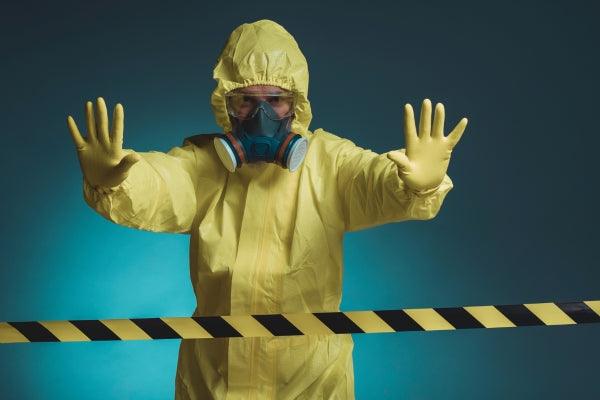

Shilajit, a sticky, tar-like substance found mainly in the Himalayan mountains, has gained widespread popularity in recent years for its potential health benefits. It is a natural product formed over centuries from the slow decomposition of plants, and it is rich in minerals, fulvic acid, and humic substances. While many advocate its use for enhancing vitality, energy, and overall health, there are concerns about its safety. In this blog, we will explore whether Shilajit is dangerous and provide a clear understanding of its risks and benefits.
Shilajit has been used in traditional Ayurvedic medicine for thousands of years. It is believed to offer a variety of benefits. The primary active component of Shilajit is fulvic acid.
One of the main concerns with Shilajit is its potential for contamination. Because Shilajit is a naturally occurring substance, it can be contaminated with heavy metals, toxins, and microorganisms during extraction if not properly purified. Consuming contaminated Shilajit can pose serious health risks, including:
Therefore, it is crucial to choose high-quality, lab-tested Shilajit from trusted sources to avoid these dangers. Authentic Shilajit from reliable suppliers, such as AuraFuel’s 78% fulvic acid Shilajit, undergoes rigorous testing and purification to ensure it is free from contaminants.
Shilajit is a potent substance, and taking more than the recommended dosage can lead to potential side effects, including:
For most people, sticking to the recommended dosage—typically around 300-500 mg per day—can help minimize the risk of side effects.
Although Shilajit is considered safe for most people when taken correctly, there are certain groups who should avoid its use or consult a healthcare professional before incorporating it into their routine:
To avoid the dangers associated with Shilajit, it’s crucial to select a pure, high-quality product. Some tips for ensuring you are getting safe Shilajit include:
Always stick to the recommended dosage when taking Shilajit. If you are unsure about how much to take, it’s best to consult with a healthcare professional to determine the appropriate amount for your needs and health status.
When introducing Shilajit into your routine, start with a small dose and monitor how your body responds. If you experience any adverse reactions, stop taking it and consult a healthcare provider immediately.
In conclusion, Shilajit is generally considered safe when it is authentic, lab-tested, and taken within the recommended dosage. The potential dangers associated with Shilajit come from contaminated or poorly processed products, as well as improper use or overconsumption. To minimize the risks, it is crucial to:
When used responsibly, Shilajit can offer a wide range of potential benefits. However, like any supplement, it's important to use it with caution and awareness of its potential risks.
By taking these precautions, you can safely enjoy the benefits of this ancient, powerful substance.
Share:
Mountain sweat? Discover the secret of the mountains
Why is Shilajit so valuable?